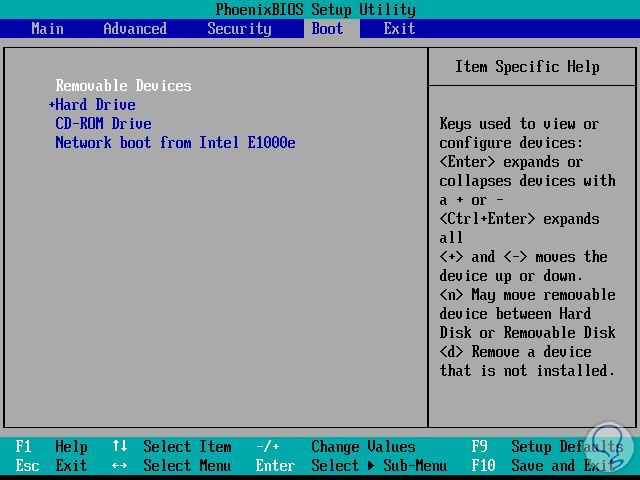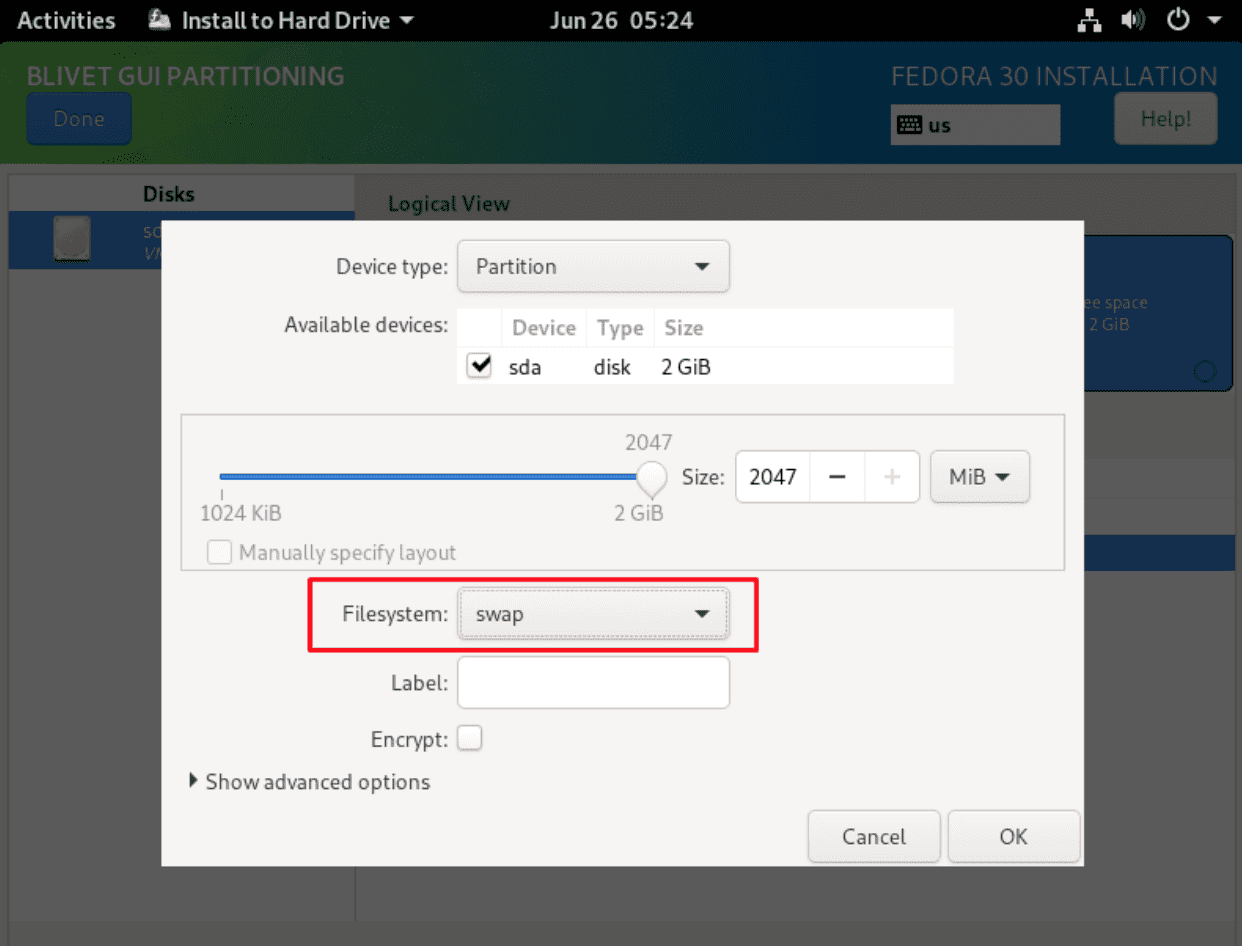
- #How to dual boot windows 10 and fedora workstation install
- #How to dual boot windows 10 and fedora workstation manual
- #How to dual boot windows 10 and fedora workstation full
#How to dual boot windows 10 and fedora workstation full
I have heard arguments that say that if frugal installs had been around in the beginning then full installations as we now get them would not be as popular. You can put a copy of the save file anywhere as a backup or indeed have as many save files as you want and you choose which one when you boot. In Puppy you have a "save file" which is just the integrated differences between the original installation and what you have ended up with. It is the recommended way to do it with Puppy Linux and for instance using it you can have a couple of ordinary full Linux Distro installations with as many frugal ones as you want. They have been around for years and offer many advantages.
#How to dual boot windows 10 and fedora workstation manual
Using Grub2 needs manual editing for frugal installs.įrugal installs are not new. I was being a little bit devious in recommending MBR because that should work with for both Fedora and Ubuntu and allow the addition of frugal installs as well with a Puppy boot loader. I was trying to figure this out, but GParted will not let me change the partition size - maybe because of swap space? Any help appreciated.
#How to dual boot windows 10 and fedora workstation install
Loop20 7:20 0 160.2M 1 loop /snap/gnome-3-28-1804/116ġ.) Backup the Ubuntu OS (think I've got this sorted)Ģ.) Repartition the drive so I can dual boot Ubuntu 19 & Fedora Workstation 31ģ.) Install Fedora Wrkstn 31 and dual-boot without killing Ubuntu 19

Loop6 7:6 0 4M 1 loop /snap/notepad-plus-plus/227 Loop2 7:2 0 4.2M 1 loop /snap/gnome-calculator/501 Shut down the PC, insert your Fedora installation medium, boot with that, and have fun installing Fedora.Loop0 7:0 0 74M 1 loop /snap/wine-platform-3-stable/6 Once you have an unallocated disk space … disable hibernation/fastboot for Windows. All you need to do there is to shrink the Partition containing Windows to the desired size (there are limitations though). You can do that from within the Windows environment using the Disk Management Utility. Your next step will be to create an unallocated space in your HDD to accept the Fedora installation. I tend to allocate 20%-30% of disk space to Windows but that may not be suitable for you. For example, if you’re going to be using Audio/Video Recording Software in Windows … consider reserving some space for the files they generate ( i.e.


In that case, consider the needs of each App within their OS. Some Apps are not cross-platform and can only work in one OS. If you are going to be using Fedora for daily computing (videos, wordprocessing, spreadsheets, chat, email and all that stuff), then you may want to give Fedora much more space. The amount of space you reserve for the OS depends on your needs.


 0 kommentar(er)
0 kommentar(er)
